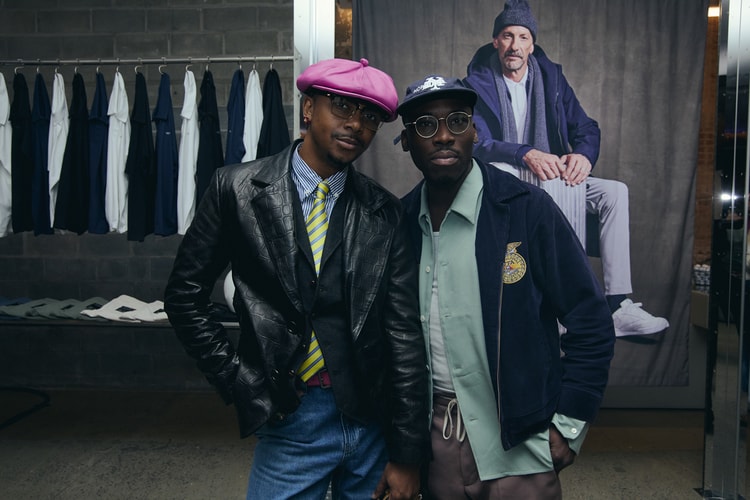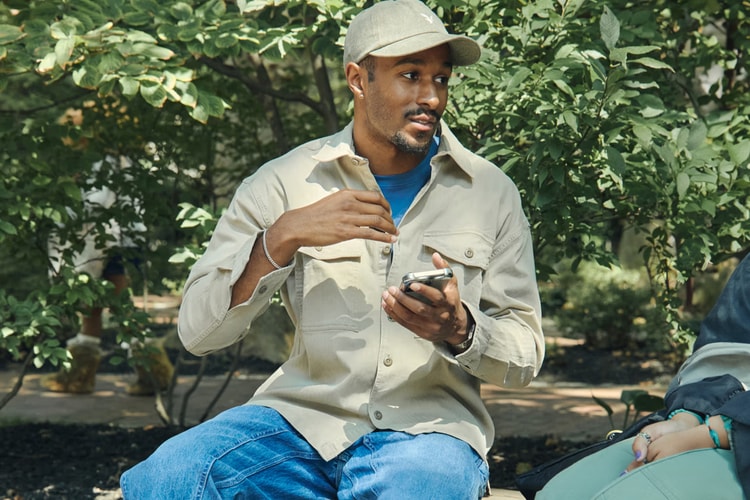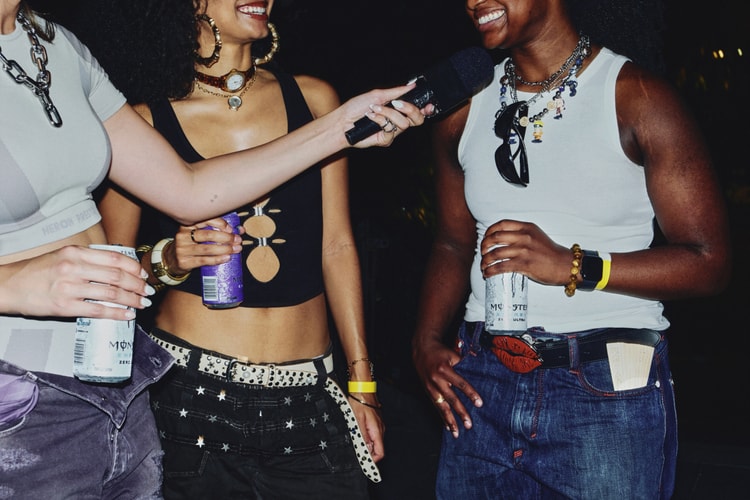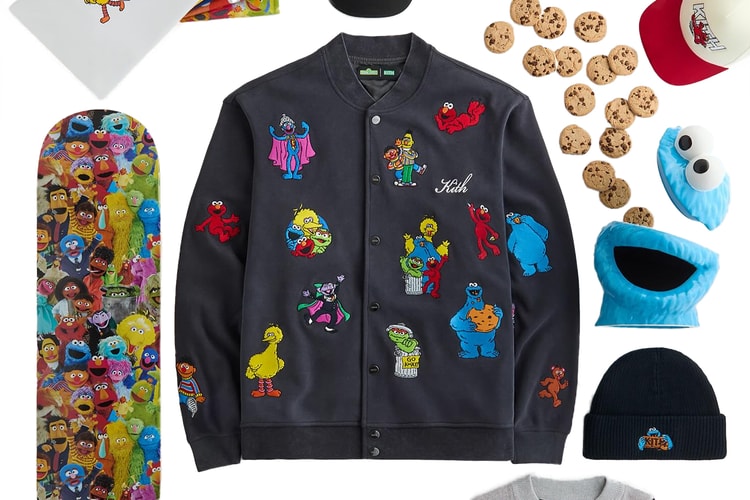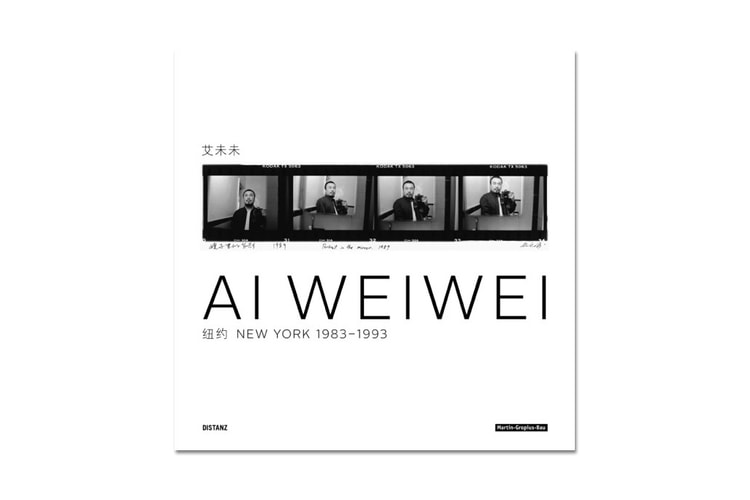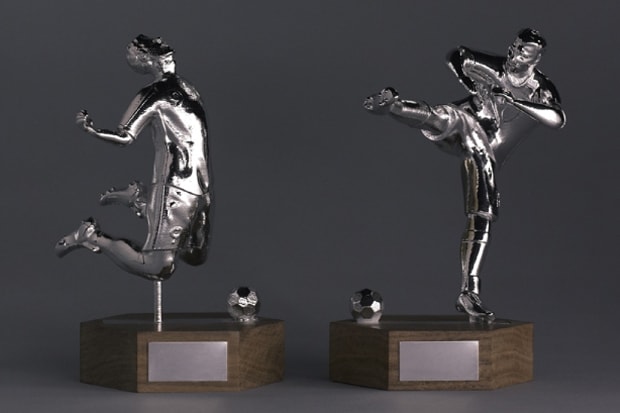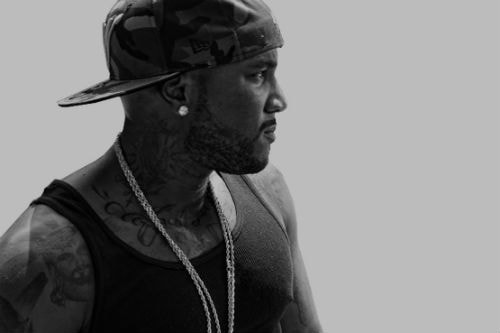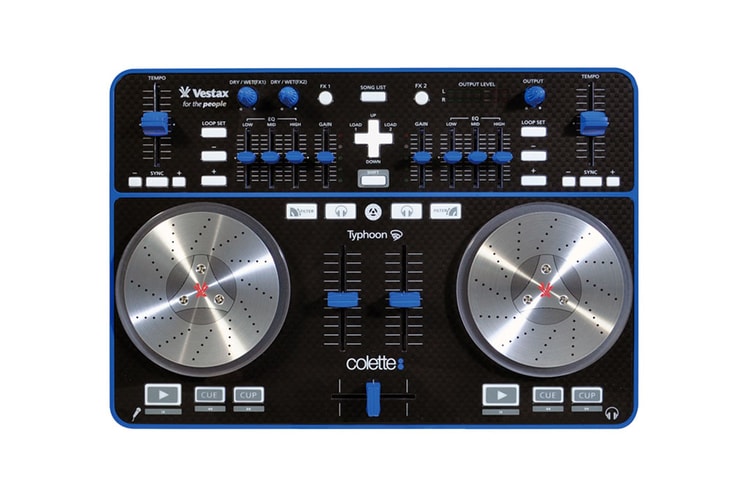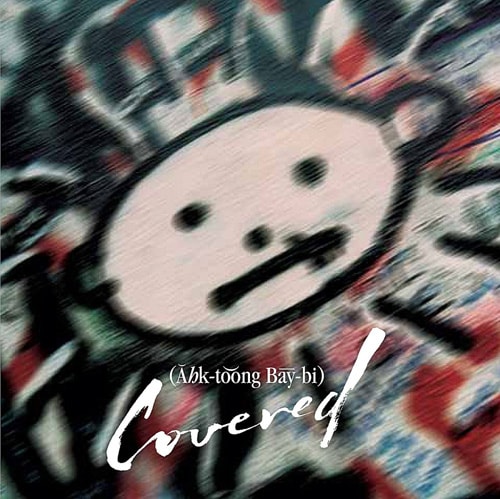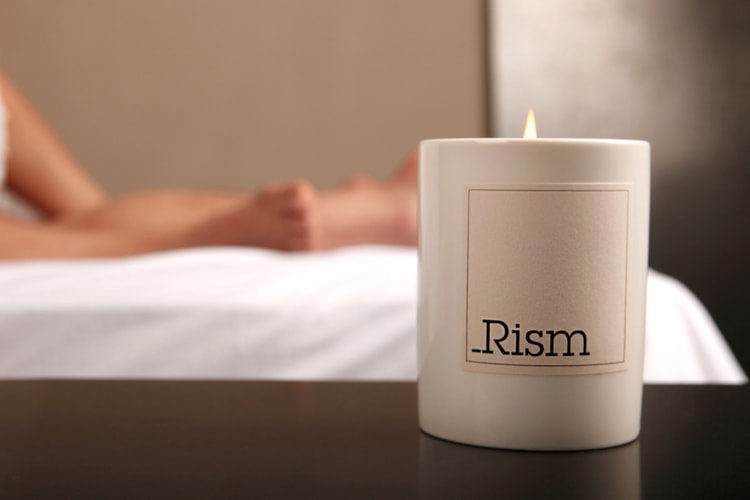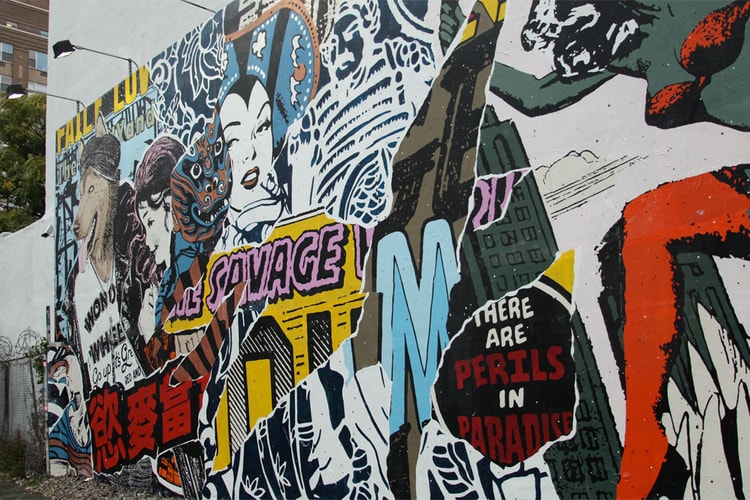Serge Berliawsky: From Street to Cashmere
Sahaja Cashmere comes from atypical beginnings. Despite its positioning on the luxurious end of the


Sahaja Cashmere comes from atypical beginnings. Despite its positioning on the luxurious end of the fashion spectrum, brand founder Serge Berliawsky’s formative years were spent with the likes of Union and Recon. The initial story goes like so – back in 2006, Berliawsky and KB Lee (of Undefeated fame) started the brand with hopes of getting into Maxfield as the ultimate goal. Fast forward to the present, while KB Lee has gone on to continue plying his trade at Undefeated, Sahaja now counts Maxfield as a stockist among several notable accounts. In this short interview, we speak with Berliawsky about the brand’s beginnings, positioning, and how the likes of Union helped mold the brand.
What was your reason for starting Sahaja?
I was on a Tibetan Buddhist meditation intensive in the mountains… It just came to me while I was sitting. I had thought about doing a line for years while working at Union, Recon, etc. But the time had become ripe at that moment. That was in 2006, almost exactly 5 years ago. I think our continued success has (and will continue to have) something to do with the conditions in which Sahaja was given birth.
As an American brand dealing with cashmere, is it difficult to find the right production options domestically?
It’s taken time, that is for sure. But we’ve found a factory that is a goldmine. They are really amazing, and honest, and proficient, and very advanced in terms of knitting techniques. As for hand-knitters, we’ve been lucky from the start. We work with a small collective of old women who’ve been knitting at home for years. The head of the group has arthritis and her hands are basically molded into a knitting position from 50 years of experience. But she’s faster than any of them. Amazing people, these women.
That being said, we’ve been considering relocating our production to Italy next year. We buy all our yarn there, and we sell to 25 stores in Italy alone that all carry Lanvin, Chanel, Undercover, etc. They live and breathe knitwear there, especially cashmere. The factories are amazing in Italy too, they are all families. You don’t just meet the head of the factory. It’s essentially their mother & father who started the factory, their daughter who is now managing part of the factory, and their grandchildren who have a school AT THE FACTORY. Schools inside knitwear factories… it’s a different life.
Do you think there’s a certain connotation when people hear cashmere? Is that something you want to change?
I think the connotations are “luxury” and “expensive.” And I can’t claim to be changing either! That’s the nature of the beast, unless you’re producing basics in China. But I think in our case you really, truly get what you pay for. Everything Sahaja makes is an heirloom, a little masterpiece. What I would like to change is how the world views luxury apparel as a whole. We are here to breathe deeper meaning into the world of high-end design. Sahaja is infiltrating the industry with the wisdom of ancient cultures, and with some soul. A lot of it is about soul. We are carrying a message that’s hidden in our garments.
How would you describe your approach to design and the aesthetic of Sahaja?
Each season we are focusing on the iconography and symbolism of different peoples around the globe, and interpreting them into design. It’s like these traditions have been in a time capsule, and Sahaja is liberating them… in an unlikely context. Of course, in the case of “Navajo” & “Chimayo” archetypes, we’re not the only ones. But we’re looking everywhere such as Tibet and India. And we are learning about what these patterns mean and where they come from.
Also, each season we donate a portion of our profits to fund a charity effort in the region that gives us the most inspiration. I think giving back is very, very important. We’re lucky, anyone reading this blog is living a really blessed life.
Aside from that, we are trying to make pieces that are wearable. Everyday cashmere, things that have a warmth to them, and fitted just how you would like. Warmth is a key word, in terms of aesthetic. I want to make the piece that you try to wear even when it’s really too hot, because it feels so good to throw it on.
You have previous experience at Union and Recon, how did this parlay into the world of high(er) fashion?
Oh man, it gave me everything! It gave me a sense of taste, and an understanding that you could have great style without selling yourself out. I got a feeling for the Japanese aesthetic… I always say we are an American brand, made with Japanese inspiration and Italian sensibility. I still think that Union in LA is the best men’s store in the world. I used to do a radio show with Chris Gibbs, every Saturday night from 2-4 a.m… we’re both OG record diggers and he’s a brilliant guy. I think I got a lot from graffiti too. Graffiti is all about proportions, and lines, and colors, hence the similarities.
What’s coming up next for the brand?
More basics, accessories, patterns, travel, inspiration and “Sahaja Home,” coming soon to a luxury retailer near you.



